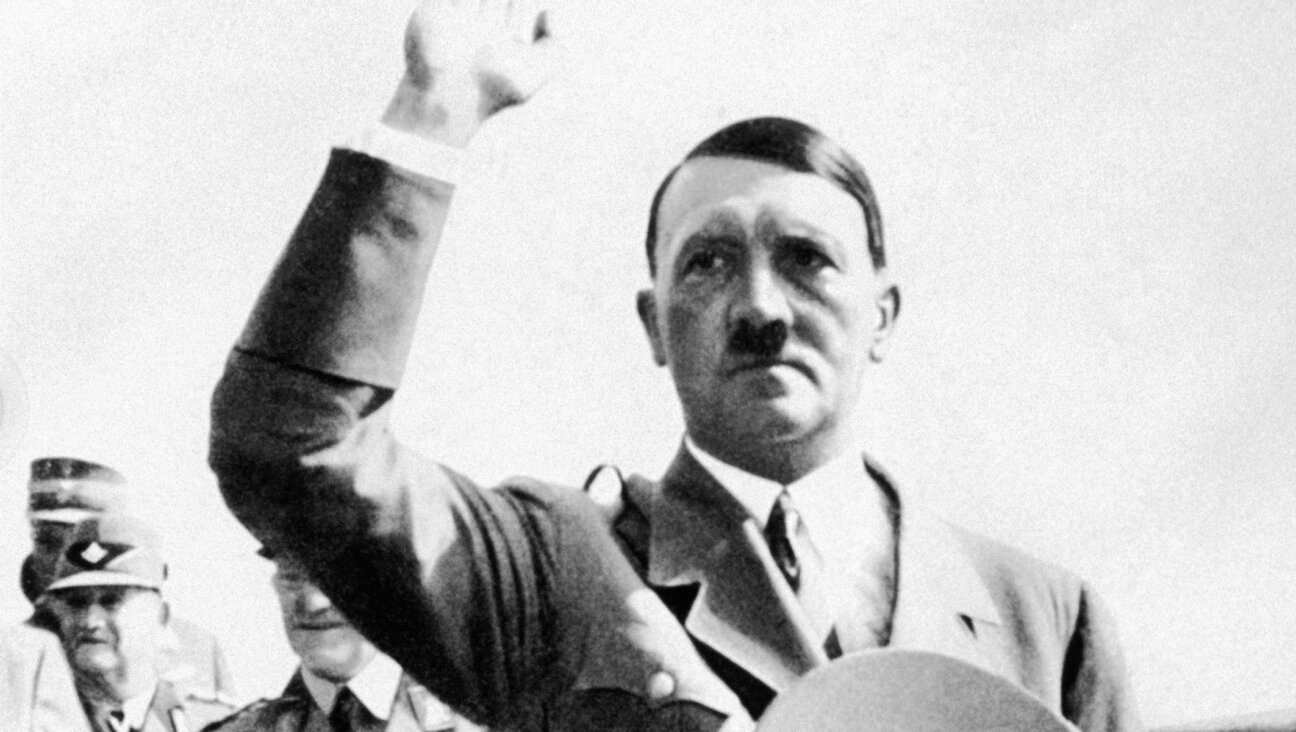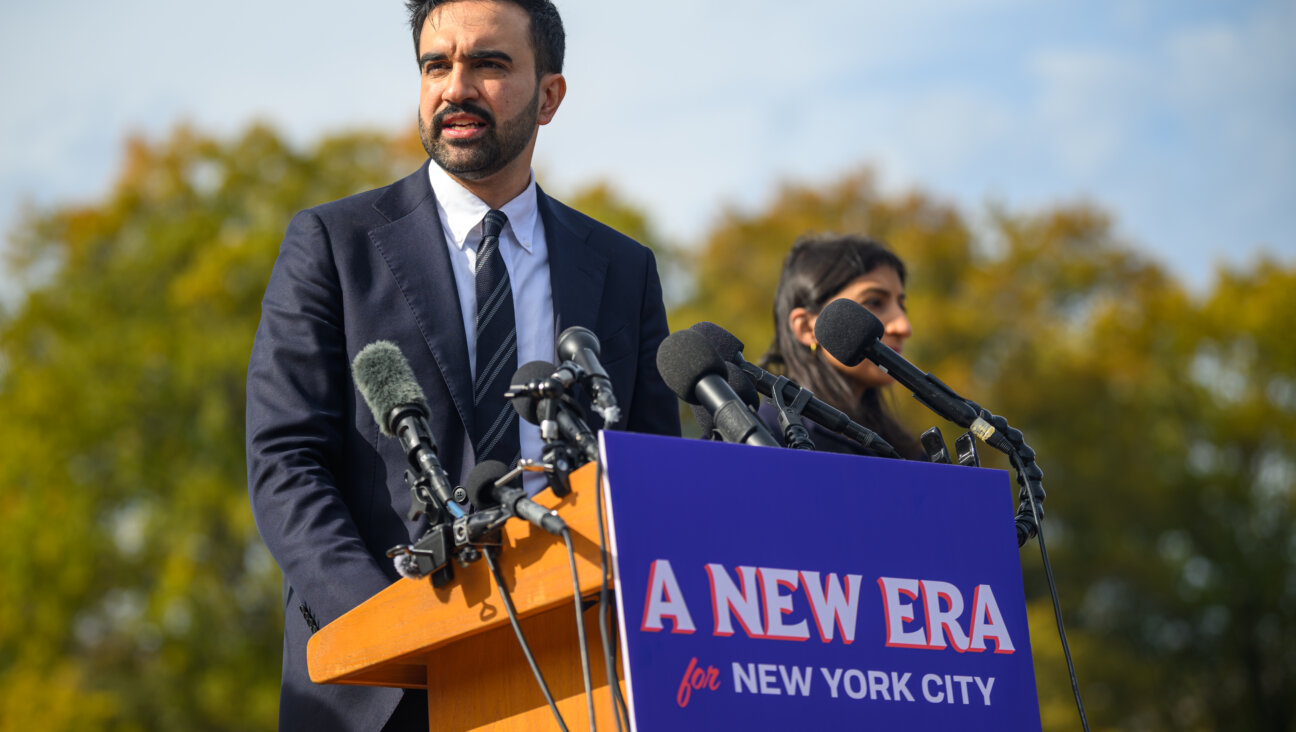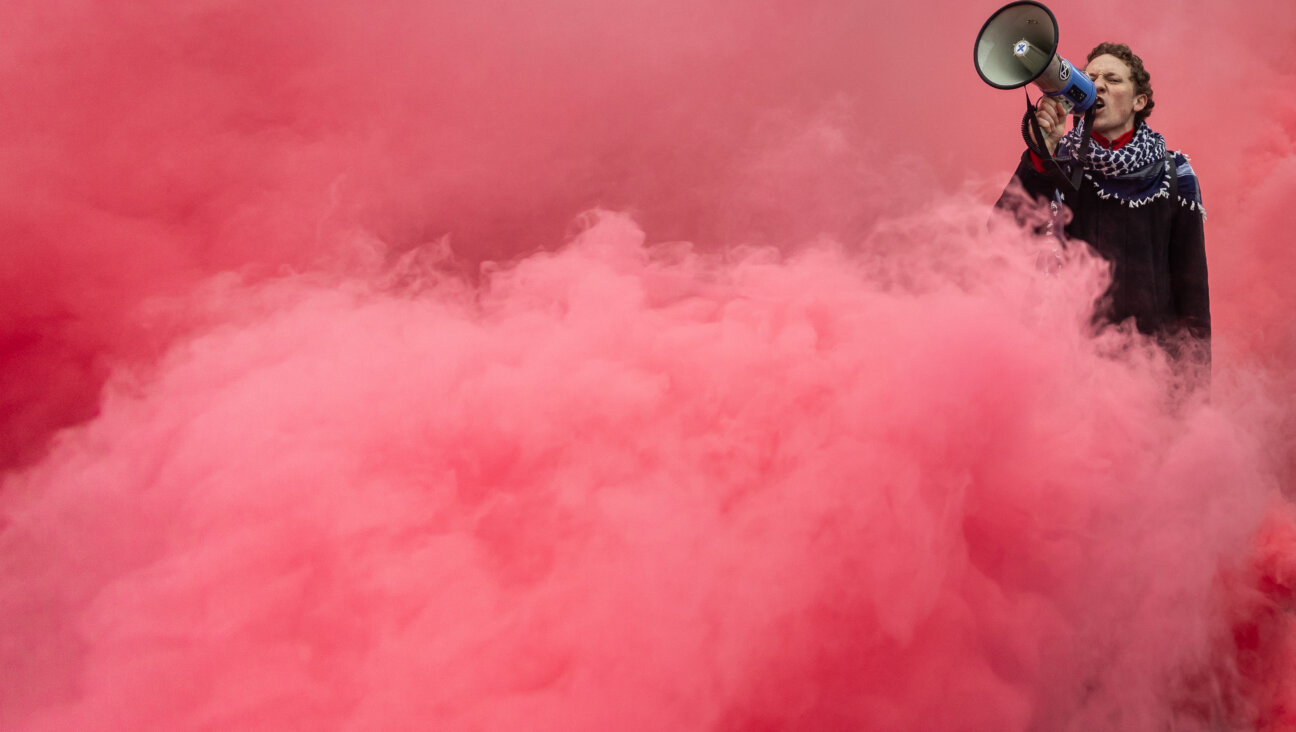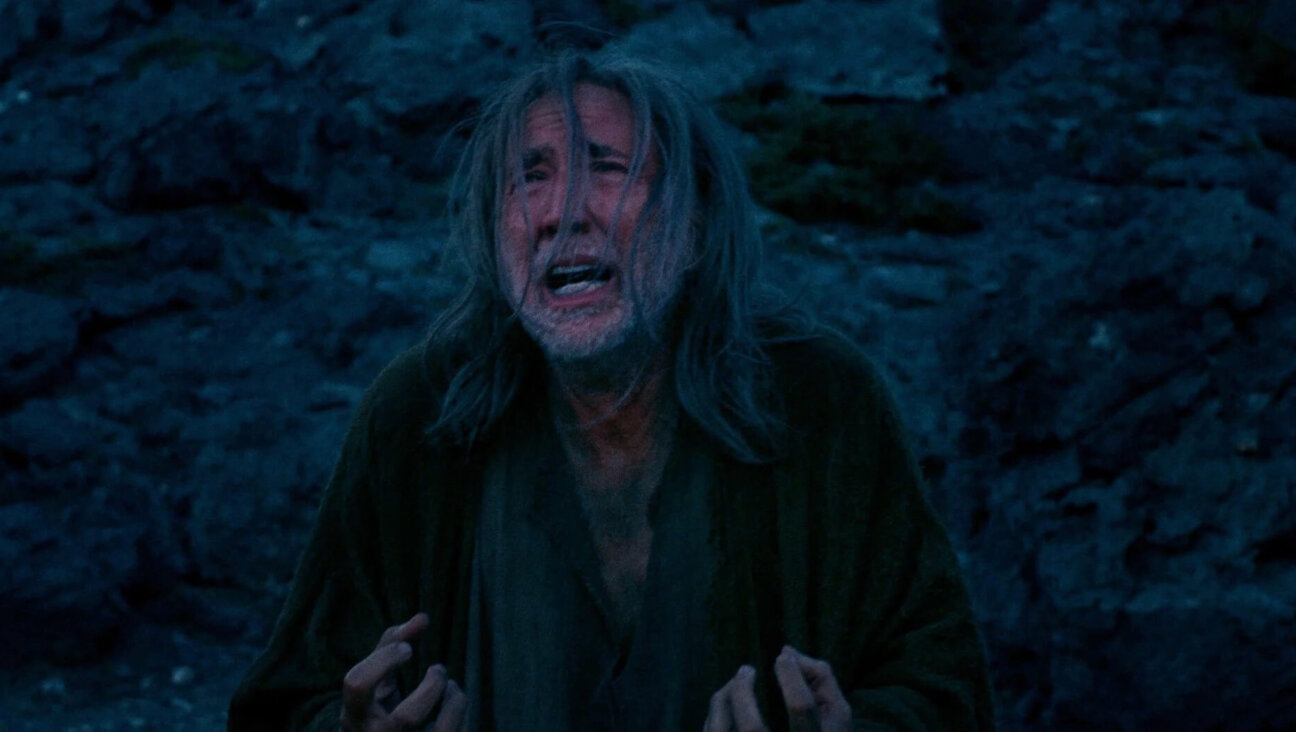Germans Fascinated by Nazi Era Eight Decades Later
An exhibition chronicling the Nazi party’s rise to power draws tens of thousands of visitors. Millions of TV viewers tune in to watch a drama about the Third Reich. A satirical novel in which Hitler pops up in modern Berlin becomes an overnight bestseller.
German interest in the darkest chapter of their history seems stronger than it has ever been as the country marks several key anniversaries this year linked to the Nazi era.
On TV talk shows, in newspapers and online, people endlessly debate the Nazi era – from what their own grandparents did and saw, to how the regime’s legacy constrains German peacekeepers on overseas missions today, or why unemployed Greek and Spanish protesters lampoon Chancellor Angela Merkel as a new Hitler.
Next month, Germans will also be painfully reminded that the Nazis can still pose a threat today, when a young woman allegedly inspired by Hitler’s ideology goes on trial over a spate of racist murders committed since 2000.
“The interest (in the Nazis) is especially visible just now because of the anniversaries,” said historian Arnd Bauerkaemper.
January marked 80 years since Hitler became chancellor, May will see the 80th anniversary of the Nazis’ symbolic burning of books they considered “un-German” and November the 75th anniversary of the ‘Kristallnacht’ pogrom against German Jews.
Adding urgency to the commemorations is the realisation that the war generation is dying off and young people interested in what happened often have to seek information from other sources.
“Like the undead the demons keep coming back to life from the darkness of abstract history,” said the Spiegel weekly in one of its numerous recent articles on the Nazi era.
“It’s never over,” was the Frankfurter Allgemeine Zeitung’s headline on an interview with Nico Hofmann, producer of a three-part TV drama about five young Germans in 1941-45, “Unsere Muetter, unsere Vaeter” (Our Mothers, Our Fathers). The film drew more than seven million viewers when it aired in March.
GETTING PERSONAL
Hofmann said he produced the series partly for his own father, who volunteered to join Hitler’s army aged 18.
The focus on individual stories is typical of the current interest in the 1930s and 1940s, said Bauerkaemper.
“This personalised drama really struck a chord, especially among young people who asked themselves how they would have coped if they had been alive at that terrible time,” he said.
The TV series does not shy away from depicting the cruelty of the war or German guilt – prompting Bild to ask: “Were German soldiers really so brutal?” It also drew criticism from Russia and Poland, showing how sensitivity lingers seven decades on.
The Polish ambassador complained it showed Polish resistance fighters as anti-Semites. About a fifth of Poland’s population, including most of its Jews, perished under Nazi occupation.
With his novel “Er ist wieder da” (He is Back), Timur Vermes taps into the perennial fascination with the personality of Adolf Hitler. It has sold more than 400,000 copies, is being translated into other languages and is being made into a movie.
The striking cover compresses the title into the shape of Hitler’s trademark square moustache and the book sells for 19.33 euros ($25.14), a cheeky reference to the year the Nazis came to power.
In the novel, Hitler wakes up in 2011 to become a celebrity on German-Turkish TV and launch a new political career campaigning against speeding and dog muck on the pavements.
“I want to show that Hitler would have a chance to succeed today just as he did back then but in another way,” Vermes said, lambasting what he called German complacency about the Nazis.
“DIVERSITY DESTROYED”
All year Berlin is staging exhibitions, plays, films, readings and other events under the rubric ‘Diversity Destroyed’ to commemorate the rich artistic and intellectual life of Weimar Germany destroyed by Hitler, and to provide glimpses into the life of ordinary people.
An exhibition in the German Historical Museum uses posters, newsreel, jazz, eyewitness accounts and artefacts from Nazi SS boots and pistols to ration cards to recreate the drama, horror and hopes of the time. Curator Simone Erpel said over 40,000 people visited the exhibition in its first three months.
“This strong interest in the Nazis is not new, of course, but what is relatively new is the level of official backing for such exhibitions,” she said.
“It has become part of our common political culture to face the Nazi past. It is now very politically correct to remember the various victims, the Jews, the Roma, homosexuals, physically and mentally handicapped people and others,” Erpel said.
Information stands in the city recount episodes from the era and the stories of opponents of the regime like Albert Einstein, Marlene Dietrich and writers Thomas Mann and Bertold Brecht.
“The diversity of cosmopolitan Berlin in the 1920s and 1930s was destroyed by the National Socialists in a short period of time,” said Berlin’s openly gay mayor Klaus Wowereit.
“That we can claim today to have regained such a degree of diversity is not a foregone conclusion. It is an achievement on the part of our city that we must actively seek to preserve.”

















